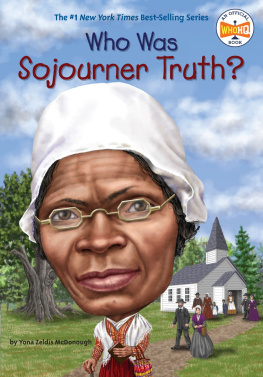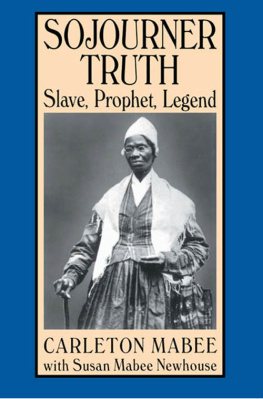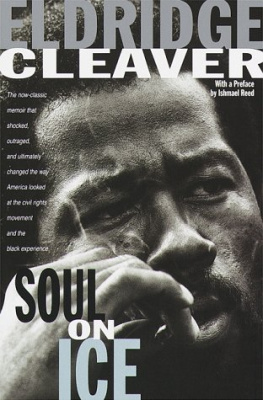Jim Eldridge - Who Was Sojourner Truth?
Here you can read online Jim Eldridge - Who Was Sojourner Truth? full text of the book (entire story) in english for free. Download pdf and epub, get meaning, cover and reviews about this ebook. year: 2015, publisher: Penguin, genre: Non-fiction. Description of the work, (preface) as well as reviews are available. Best literature library LitArk.com created for fans of good reading and offers a wide selection of genres:
Romance novel
Science fiction
Adventure
Detective
Science
History
Home and family
Prose
Art
Politics
Computer
Non-fiction
Religion
Business
Children
Humor
Choose a favorite category and find really read worthwhile books. Enjoy immersion in the world of imagination, feel the emotions of the characters or learn something new for yourself, make an fascinating discovery.
- Book:Who Was Sojourner Truth?
- Author:
- Publisher:Penguin
- Genre:
- Year:2015
- Rating:5 / 5
- Favourites:Add to favourites
- Your mark:
- 100
- 1
- 2
- 3
- 4
- 5
Who Was Sojourner Truth?: summary, description and annotation
We offer to read an annotation, description, summary or preface (depends on what the author of the book "Who Was Sojourner Truth?" wrote himself). If you haven't found the necessary information about the book — write in the comments, we will try to find it.
Jim Eldridge: author's other books
Who wrote Who Was Sojourner Truth?? Find out the surname, the name of the author of the book and a list of all author's works by series.
Who Was Sojourner Truth? — read online for free the complete book (whole text) full work
Below is the text of the book, divided by pages. System saving the place of the last page read, allows you to conveniently read the book "Who Was Sojourner Truth?" online for free, without having to search again every time where you left off. Put a bookmark, and you can go to the page where you finished reading at any time.
Font size:
Interval:
Bookmark:


For Jane OConnorone in a million!YZM
PENGUIN WORKSHOP
Penguin Young Readers Group
An Imprint of Penguin Random House LLC

Penguin supports copyright. Copyright fuels creativity, encourages diverse voices, promotes free speech, and creates a vibrant culture. Thank you for buying an authorized edition of this book and for complying with copyright laws by not reproducing, scanning, or distributing any part of it in any form without permission. You are supporting writers and allowing Penguin to continue to publish books for every reader.
The publisher does not have any control over and does not assume any responsibility for author or third-party websites or their content.
Text copyright 2015 by Yona Zeldis McDonough. Illustrations copyright 2015 by Penguin Random House LLC. All rights reserved. Published by Penguin Workshop, an imprint of Penguin Random House LLC, 345 Hudson Street, New York, New York 10014. PENGUIN and PENGUIN WORKSHOP are trademarks of Penguin Books Ltd. WHO HQ & Design is a registered trademark of Penguin Random House LLC. Printed in the USA.
Library of Congress Control Number: 2015036607
Ebook ISBN 9780399539787
Version_3
J UNE 1, 1843
The tall woman walked down to the ferry in New York City, paid the fare, and got on.
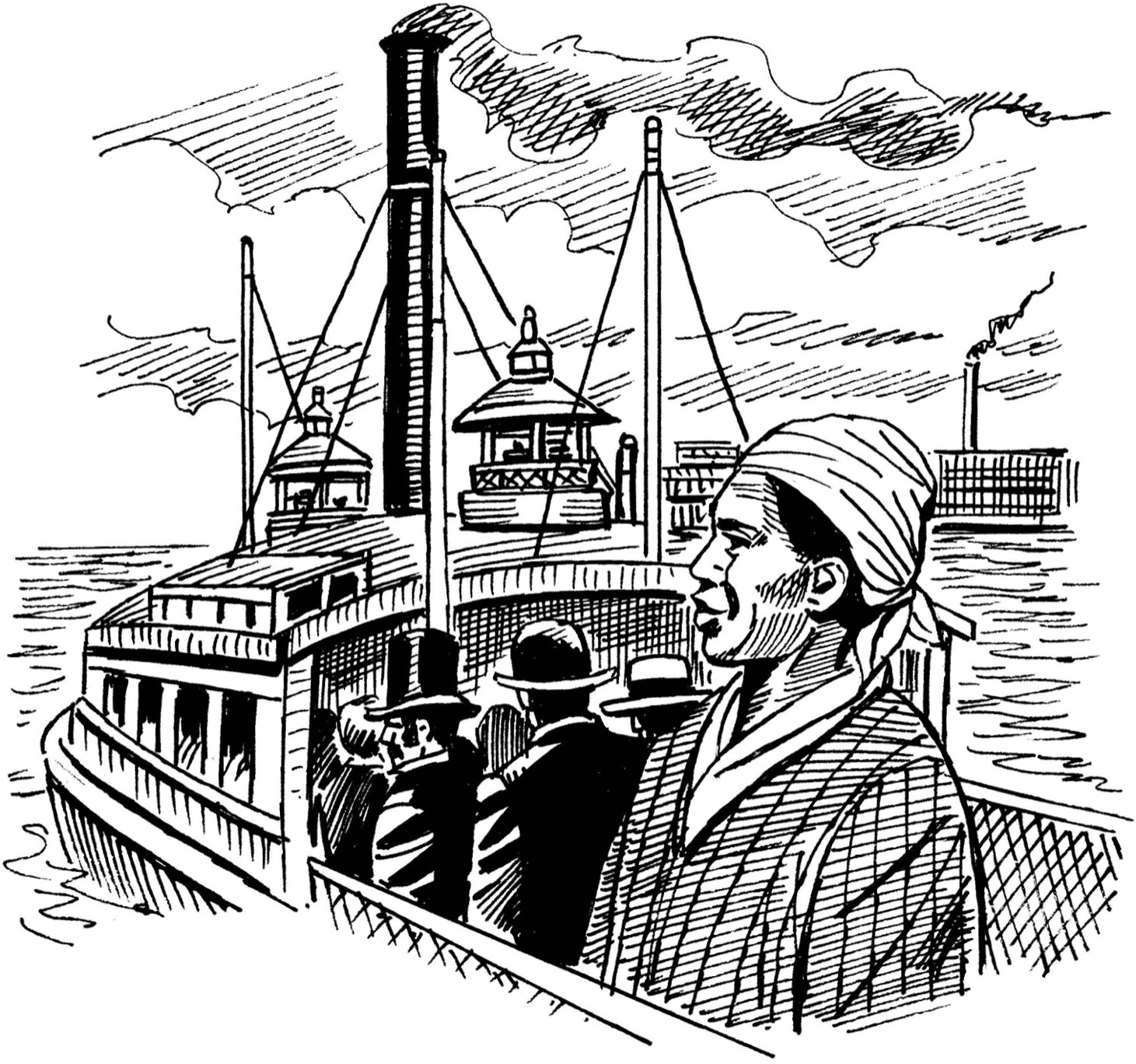
Although the woman was black and had been born a slave, she was now free to come and go as she pleased. When the ride ended, she got off the ferry and began to walk. Soon, the hustle and bustle of the city was far behind her. After a while, she grew thirsty and stopped at a farm to ask for a drink. The woman who gave it to her asked her name. The tall woman thought about this. The only full name she had was a slave name, given to her by her master. She did not want that name anymore. She was starting a new life. She was going to be doing a lot of traveling. And she was going to spread the word of God.
So, right then and there she gave herself a new name. She decided to call herself Sojourner Truth, and this is her story.
Early Days
Sometime around 1797, a baby girl was born to slaves named James and Betsey. She was called Isabella. Her nickname was Belle. Because her parents were slaves, Isabella was a slave, too. This meant that they belonged to someone. They were not free. Their master was a white man named Johannes Hardenbergh. Since Mr. Hardenbergh was from Holland, he spoke Dutch. That was the language Belle grew up speaking, too.
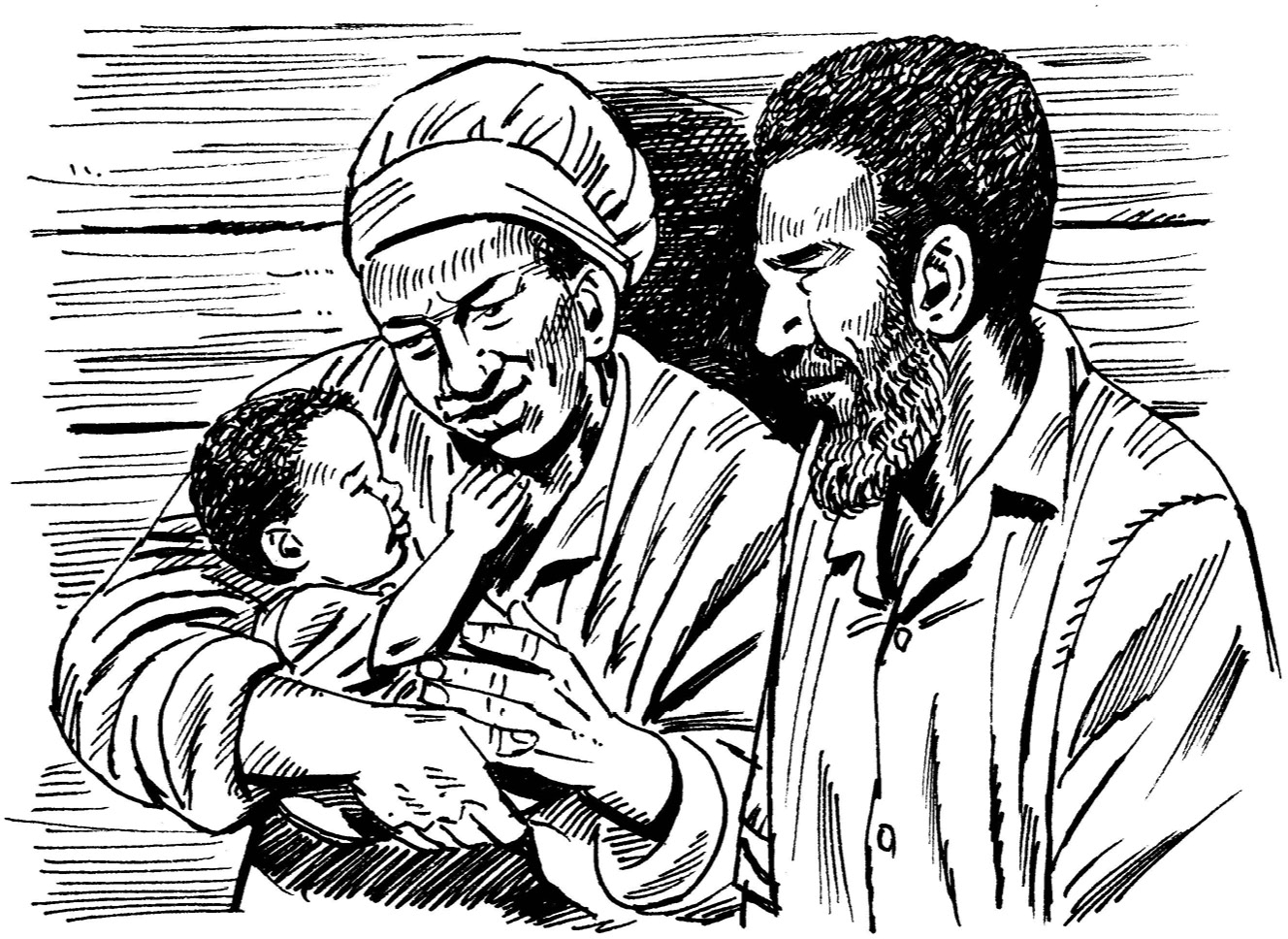
James and Betsey worked very hard on Mr. Hardenberghs farm. He did not pay them. They could not leave. They had to do whatever he wanted. It was a harsh and terrible life. They had many childrenmaybe as many as twelve. Almost all of them were sold by Mr. Hardenbergh. Betsey and James never saw these children again.

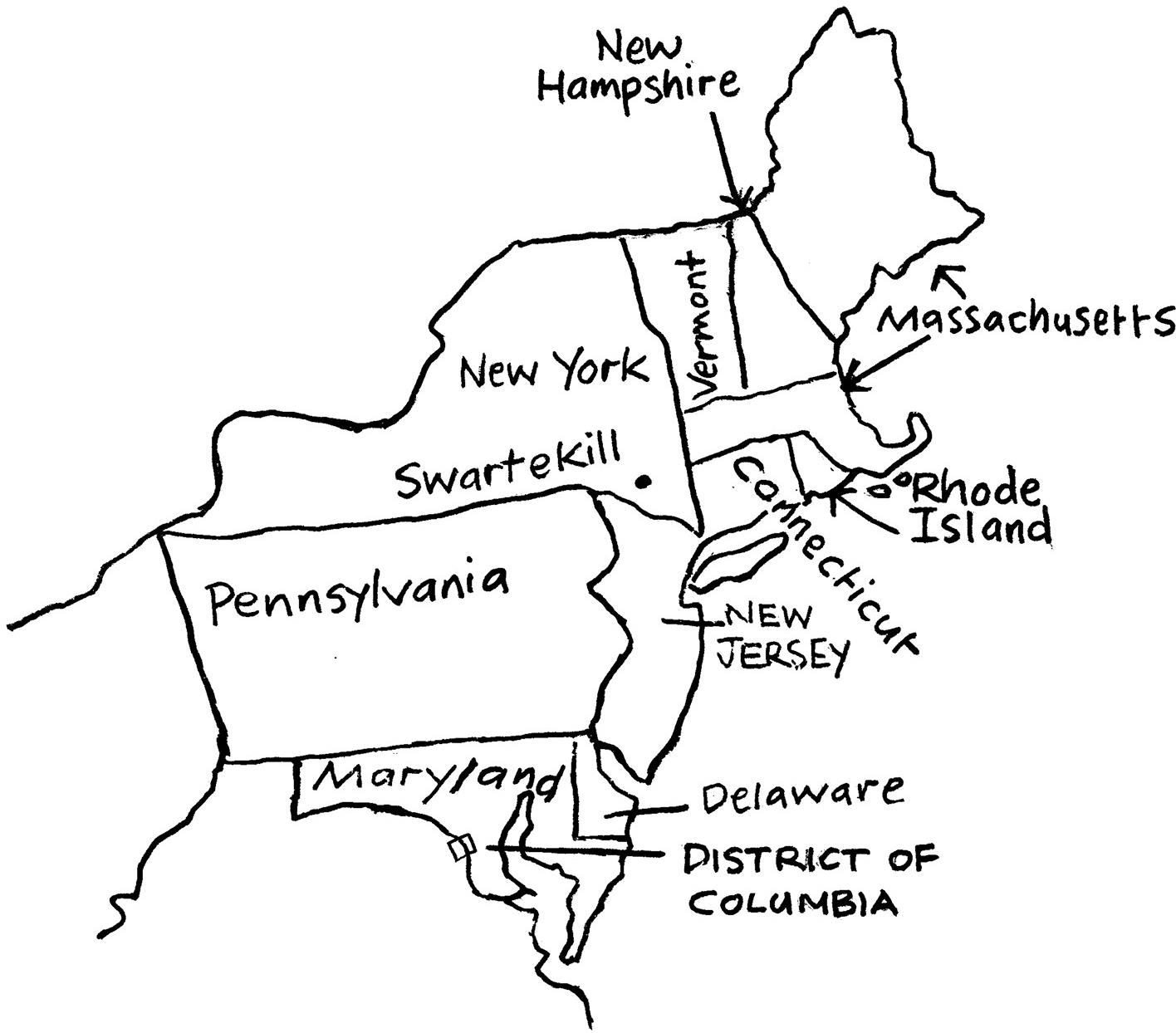
The farm Belle and her parents lived on was in Swartekill, New York. Many people think that slavery only existed in Southern states like Virginia, Louisiana, Georgia, Alabama, and Mississippi. But back in the 1700s, slavery was legal in many Northern states, too.
When Belle was about three, Johannes Hardenbergh died. His son Charles inherited all his property. This meant Charles owned his fathers house, his land, his horses, and his cows. And his fathers slaves.
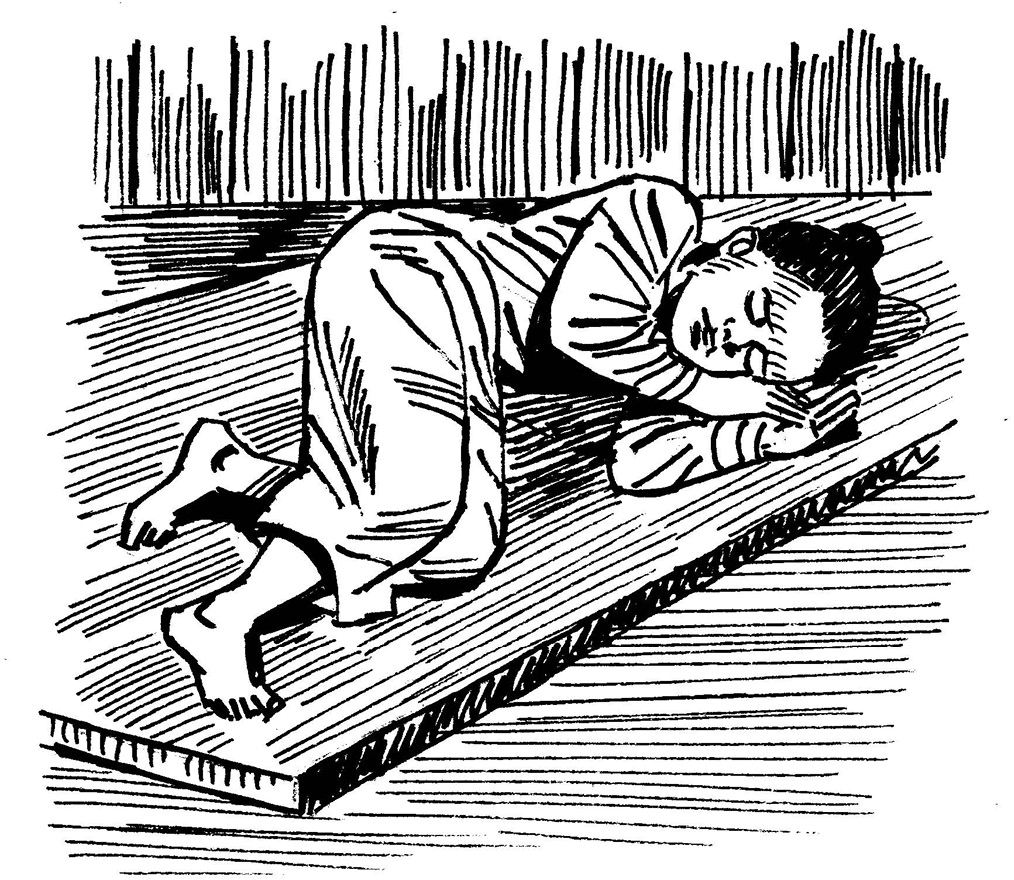
Charles took the slaves and the animals to his home. He had no room for these people, so they had to live in the cellar. The cellar was cold, dark, and damp. It was smelly and crowded, tootwelve slaves lived there. Belles bed was a wooden board.
Not long after her family moved to the cellar, Belle had a surprise. It was a new baby brother. His name was Peter.
Betsey was happy about her son. But Betsey also worried. Her other children had been sold. Belle and Peter might be sold, too. Betsey hoped that God would protect them. As Betseys children grew, she told them about God, who was in heaven. Whenever they were scared or sad, they could always ask God for help.

In 1806, Charles Hardenbergh died. Belle was about nine. What would happen to her family now? Shortly after the funeral, Charless property was sold off. By this time, Belles father, James, could no longer do much work. His back was bent and stooped. He also had arthritis, a disease that crippled his hands and legs.
Slaves like James were hard to sell. Often they ended up getting turned out by their masters. This meant that they were free. But they were not given a place to live or any money to live on. They were old and often sick, so they could not take care of themselves. As a result, these slaves often died. Along with James, Betsey was turned out. Where would they go? They begged to stay. The Hardenbergh family agreed. They could remain in the cellar.
Belle and Peter were young and able to work hard. Healthy slaves, especially boys, were worth a lot of money. At a slave auction, they both were sold. Peter was sold first.
He went to a man who did not live close by. Belle was so sad. But she remembered what her mother had said about God. He would protect her. So Belle silently repeated a prayer she knew.

After Peter was sold and led away, it was Belles turn on the block. The auctioneer called out her name and told the buyers about her. She did not speak English, only Dutch, so she could not understand what he said. But she got the idea loud and clear.
At first there were no buyers. Then the auctioneer added a flock of sheep. Finally a man named John Neely bought her for one hundred dollars.
SLAVE AUCTIONS
WHEN SLAVES FROM AFRICA WERE BROUGHT TO THE UNITED STATES, THEY WERE SOLD AT AUCTION. HELD IN PENS, THEIR SKIN WAS SMEARED WITH GREASE OR TAR TO MAKE IT LOOK HEALTHY. THEY WERE BRANDED LIKE CATTLE. BUYERS FORCED THEIR MOUTHS OPEN TO SEE IF THEY HAD GOOD TEETH, AND TESTED THEIR MUSCLES FOR STRENGTH. THE BIGGEST, STRONGEST-LOOKING SLAVES WERE BOUGHT FIRST BECAUSE IT WAS THOUGHT THEY COULD WORK THE HARDEST. FAMILIES WERE SPLIT UP, AND NEVER SAW EACH OTHER AGAIN.
IN A GRAB AND GO AUCTION, THE BUYER GAVE THE SLAVE TRADER A SET AMOUNT OF MONEY. A DRUMROLL SOUNDED AND THE SLAVE PEN OPENED. THE BUYER RUSHED IN AND GRABBED THE SLAVE OR SLAVES THAT HE WANTED. IN A HIGHEST BIDDER AUCTION, SLAVES WERE SHOWN ONE AT A TIME. IF MORE THAN ONE BUYER WANTED A SLAVE, THE BUYERS WOULD BID. THE BUYER WHO BID THE MOST MONEY WON.
Font size:
Interval:
Bookmark:
Similar books «Who Was Sojourner Truth?»
Look at similar books to Who Was Sojourner Truth?. We have selected literature similar in name and meaning in the hope of providing readers with more options to find new, interesting, not yet read works.
Discussion, reviews of the book Who Was Sojourner Truth? and just readers' own opinions. Leave your comments, write what you think about the work, its meaning or the main characters. Specify what exactly you liked and what you didn't like, and why you think so.

